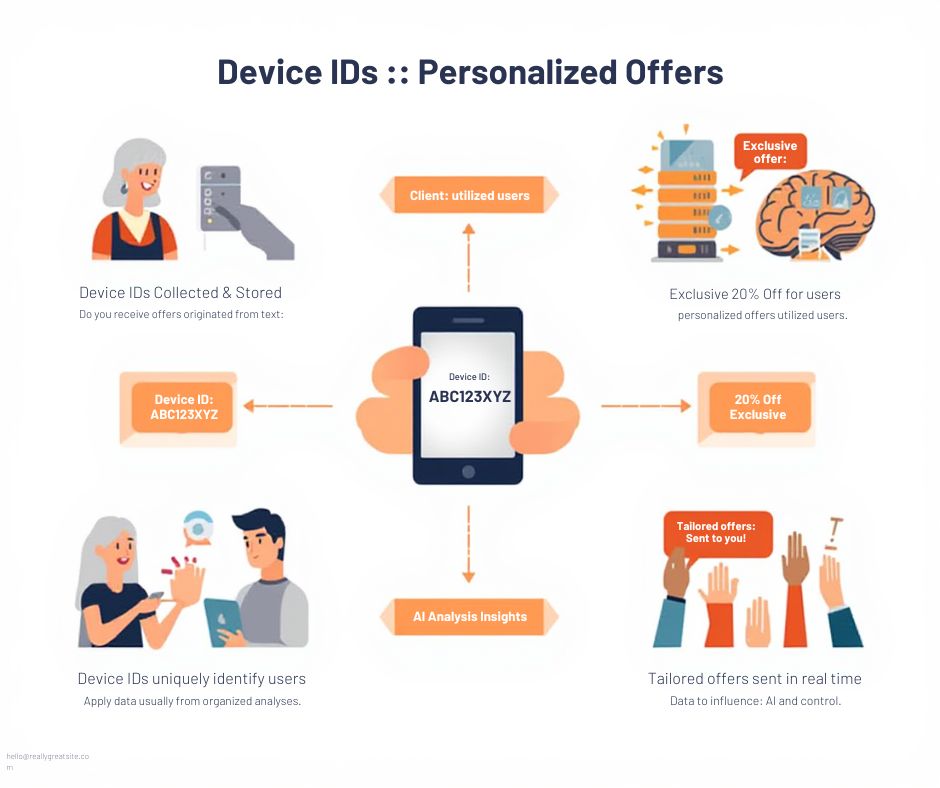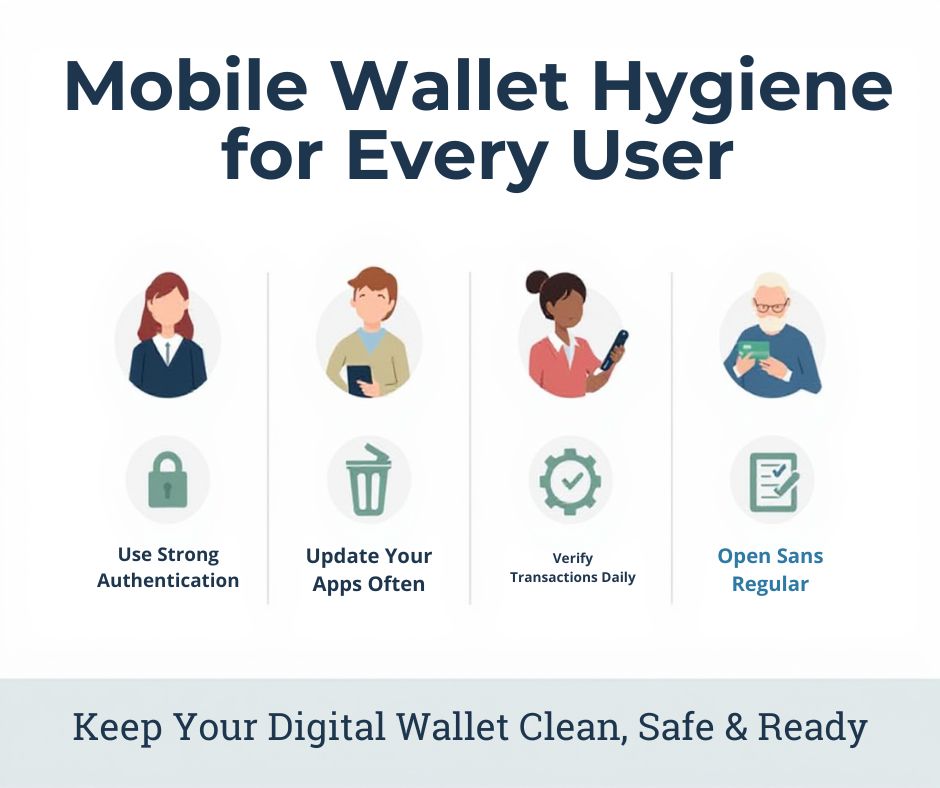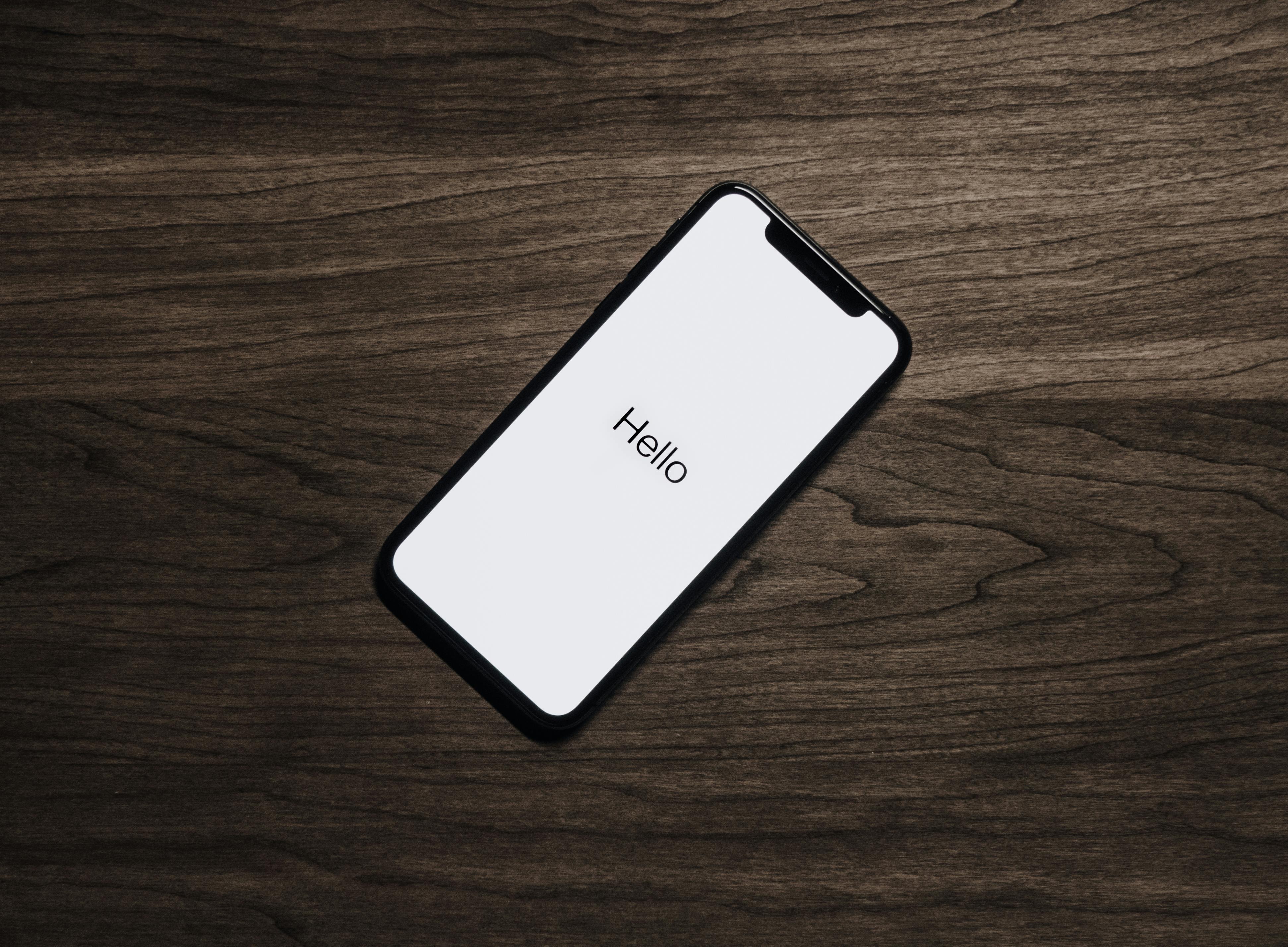How Device IDs Feed Personalised Offers

Mobile advertising systems use device identifiers to connect a phone to tailored offers. This turns how a gadget behaves into marketing signals. A device ID is not a name or email; it's a permanent token that connects apps, searches, and actions within apps so that advertisers can figure out what you like without asking.
That connection enables platforms to make beneficial suggestions, like the coffee shop you passed this morning, apps that push particular deals, and even send users to casino non GamStop and other third-party partners. This chain makes it easier for consumers to choose which apps to trust and which permissions to give.
Signal basics and why they matter
Device signals are small packets that include things like app installs, session length, ad clicks, and basic OS information. These packets are combined to make an identity profile, which may be used to guess what the user is interested in.
Sometimes, this leads to offers from non GamStop casinos that are considered to be the reliable third-party partners. For those curious, it’s possible to explore newly reviewed casinos outside GamStop to better understand how these platforms operate and what safeguards they claim to offer. Ad networks auction off ad space to the highest bidder in milliseconds, and advertisers use these profiles as a safe way to guess what people are interested in.
That economy rewards being specific: a stronger device signal leads to better ad matching and greater bids, which can include casino non GamStop exposure. Platforms should tell users whose partners get extra device data and allow users to block unknown downstream processors instead of letting everyone share everything.
Cross-app stitching and profiles
Cross-app stitching is the method by which marketers put together device IDs from different apps to generate permanent profiles. Networks can figure out demographics and likely purchases based on signals like app usage trends, ad interactions, and merchant referrals.
Sometimes, these signals lead to offers on casino non GamStop platforms. Stitching adds value since it turns one ID into a composite dossier that can be used to customise advertising and retarget users with sequences that increase frequency.
Selling profiles to niche purchasers opens up new ways to make money, which can lead to casino non GamStop exposure again, making it harder to get out. In some cases, this includes platforms with a history of issues, such as problems reported with BloodySlots casino. To minimise resale, developers and publishers should make maps of their partners and publish straightforward opt-out pathways.
Location, timing and hyperlocal ads
Device IDs are commonly linked to location signals, which lets advertisers send offers that are relevant to where a user is and when they get there. Advertisers employ beacon pings, Wi-Fi connections, and GPS fragments to construct a history of movements that they may use to provide hyperlocal push messages that are timely and helpful.
But that level of detail can also lead users to neighbouring deals or pop-up offers. In some ad chains, those deals are linked to casino non GamStop among other services. Marketers may run short-term local campaigns that quickly send bids to the partner with the most significant margin.
Sometimes, casino non GamStop is one of those partners, which means that users are shown offers they didn't ask for. In the options, users should be able to limit localised targeting.
Privacy trade-offs and regulation
Although device IDs make things more accurate, they also pose a threat to your privacy. For example, the same token that helps you discover a coffee shop nearby also shows your browsing and app habits. Regulators are starting to see persistent device-level identifiers as sensitive and are pushing for frameworks that require consent and openness.
In regions where there aren't strict laws, advertisers can share or sell enriched IDs with other partners. This makes it easier for tailored funnels to promote casino non GamStop without getting direct permission from users.
Good regulation should impose minimisation, demand consent that can be revoked, and require easy audit trails so that users and auditors can know which parties got their device-level signals.
Practical steps for users and developers
Users may halt tracking by turning off ad tracking, removing ad IDs, and restricting how much GPS and Bluetooth background programs can use. Before you let people buy anything in your app, be sure to delete any saved payment methods and verify the app's permissions. Some checkout processes lead to casino non GamStop or other unregulated partners.
The design of privacy implies utilising hashed identification numbers, retaining data for as little time as possible, and presenting consumers with a single, auditable partner list so they can know who will obtain the data.
Set up standard signal- restricting APIs, making it easy for consumers to opt out, and keeping a record of any contracts with affiliates or resellers. Short retention windows and explicit consent significantly limit the reach of personalised funnels that aren't clear.











